Five useful examples of generative AI in action
There are many promising examples of generative AI being used across a wide variety of industries – here are just some of the more compelling applications


Rory Bathgate
Despite being a relatively young technology, there are already plenty of examples of generative AI making a significant difference to the way people live and work.
Generative AI, which can draw on its training data to produce content in a specific format or style, carries much potential across many sectors. While some will have first encountered generative AI tools that are text-based, from OpenAI’s ChatGPT to Anthropic's Claude, its potential use cases go far beyond this.
Generative AI is lauded for its potential to help us get work done faster, and achieve more complex outcomes than we might be able to as ‘mere’ humans. But it is also the subject of much discussion around ‘existential threat’ – the potential for AI to go off and make decisions of its own, act on those decisions, and in doing so present a threat to humanity. The debate is exercising national governments, think tanks, international organizations and others.
There’s already evidence that generative AI is driving productivity in certain sectors and interest in the technology is founded in those areas where it’s already producing impressive results.
However, the broad appeal of generative AI can also make it hard for leaders to narrow their focus on use cases that will benefit their business, as Dell CTO John Roese told ITPro in May 2024. As companies look to pick out some of the best uses for generative AI, here are five solid examples of how it’s already being deployed.
Examples of generative AI being put to good use
Text generation
Even as generative AI becomes more sophisticated, text processing continues to be its bread and butter. Large language models (LLMs) were designed to process text inputs using natural language processing (NLP) and output it.
LLMs have come a long way since the early days of GPT-3. The multimodal Gemini Pro 1.5 can draw on up to one million tokens of information per prompt – equivalent to around 700,000 words – for the most detailed text generation experience possible.
Get the ITPro daily newsletter
Sign up today and you will receive a free copy of our Future Focus 2025 report - the leading guidance on AI, cybersecurity and other IT challenges as per 700+ senior executives
It’s not just text output that generative AI can assist users with. Microsoft Copilot and Google Vertex AI Agents, available across the companies’ respective product portfolios, can rewrite text for users to better suit their in-house style or make its tone more appropriate.
Code assistance
As generative AI excels at text generation, it can naturally sidestep into producing code in almost any programming language. Tools such as GitHub Copilot, Code Llama, and Gemini Code Assist can already produce code that conforms to a company’s specifications, with the ability to be grounded in a firm’s codebase.
For more advanced use cases, Gemini Code Assist’s large token window enables it to translate entire codebases from one language to another, particularly useful for applications written in legacy programming languages such as COBOL.
Although many developers are already using AI coding tools, researchers have warned that overreliance on them could produce poor-quality code. Vendors continue to recommend that humans are always in the loop to provide final signoff on code, even as the quality of code output becomes better and better.
Customer services

We are already used to chatbots for customer service, with their ability to answer simple queries like “How do I change my login?” or “What is the returns policy?”
However, Generative AI introduces a whole new set of use cases, and, importantly for customer-facing organizations, can answer more complex questions quickly without necessarily escalating to a human agent. AI models like LLMs can search databases of information to produce bespoke responses and have more conversational interactions with customers than earlier generations of chatbots.
This kind of AI can also take a role behind the scenes, helping human customer service agents through its ability to access and synthesize information more quickly.
Image generation

Generative AI can be used to create images from scratch, which has already become a popular avenue of model development. The technology is capable of producing images for slide decks or similar use cases.
The ethics of AI are important to consider here and there are already AI legal troubles brewing, particularly among those who worry AI could kill art as we know it. For now, image models are easy to access and enterprises are already using them to produce content such as product images.
Accessibility

A somewhat underreported but nevertheless exciting and growing area of generative AI development is accessibility.
Project Astra, the brainchild of Google DeepMind, leans on the firm’s Gemini family of models to achieve a kind of advanced computer vision. The solution is capable of constantly processing video frames, with extremely low latency, alongside speech input to quickly provide answers about the user’s environment.
Astra can cache information to answer questions about the environment it’s seen even when it’s no longer ‘looking’ at the relevant information. For example, Google showed a demo in which a user could show Astra a desk in an office, walk away and continue a conversation with it, then later receive answers on which objects were on the desk.
RELATED WHITEPAPER

OpenAI’s GPT-4 has been used to power Be My Eyes, an app which normally pairs people who are blind or have low vision with volunteers who can help the user navigate life, particularly unfamiliar environments such as a travel terminal.
Using GPT-4, Be My Eyes can already answer user questions such as reading signs for them or summarizing web pages.
OpenAI has also targeted similar use cases with its own low-latency, multimodal model GPT-4o. Though limited to providing answers based on text and audio input for now, the developer says that a video-based version will be released for early testing soon.

Sandra Vogel is a freelance journalist with decades of experience in long-form and explainer content, research papers, case studies, white papers, blogs, books, and hardware reviews. She has contributed to ZDNet, national newspapers and many of the best known technology web sites.
At ITPro, Sandra has contributed articles on artificial intelligence (AI), measures that can be taken to cope with inflation, the telecoms industry, risk management, and C-suite strategies. In the past, Sandra also contributed handset reviews for ITPro and has written for the brand for more than 13 years in total.
- Rory BathgateFeatures and Multimedia Editor
-
 Bigger salaries, more burnout: Is the CISO role in crisis?
Bigger salaries, more burnout: Is the CISO role in crisis?In-depth CISOs are more stressed than ever before – but why is this and what can be done?
By Kate O'Flaherty Published
-
 Cheap cyber crime kits can be bought on the dark web for less than $25
Cheap cyber crime kits can be bought on the dark web for less than $25News Research from NordVPN shows phishing kits are now widely available on the dark web and via messaging apps like Telegram, and are often selling for less than $25.
By Emma Woollacott Published
-
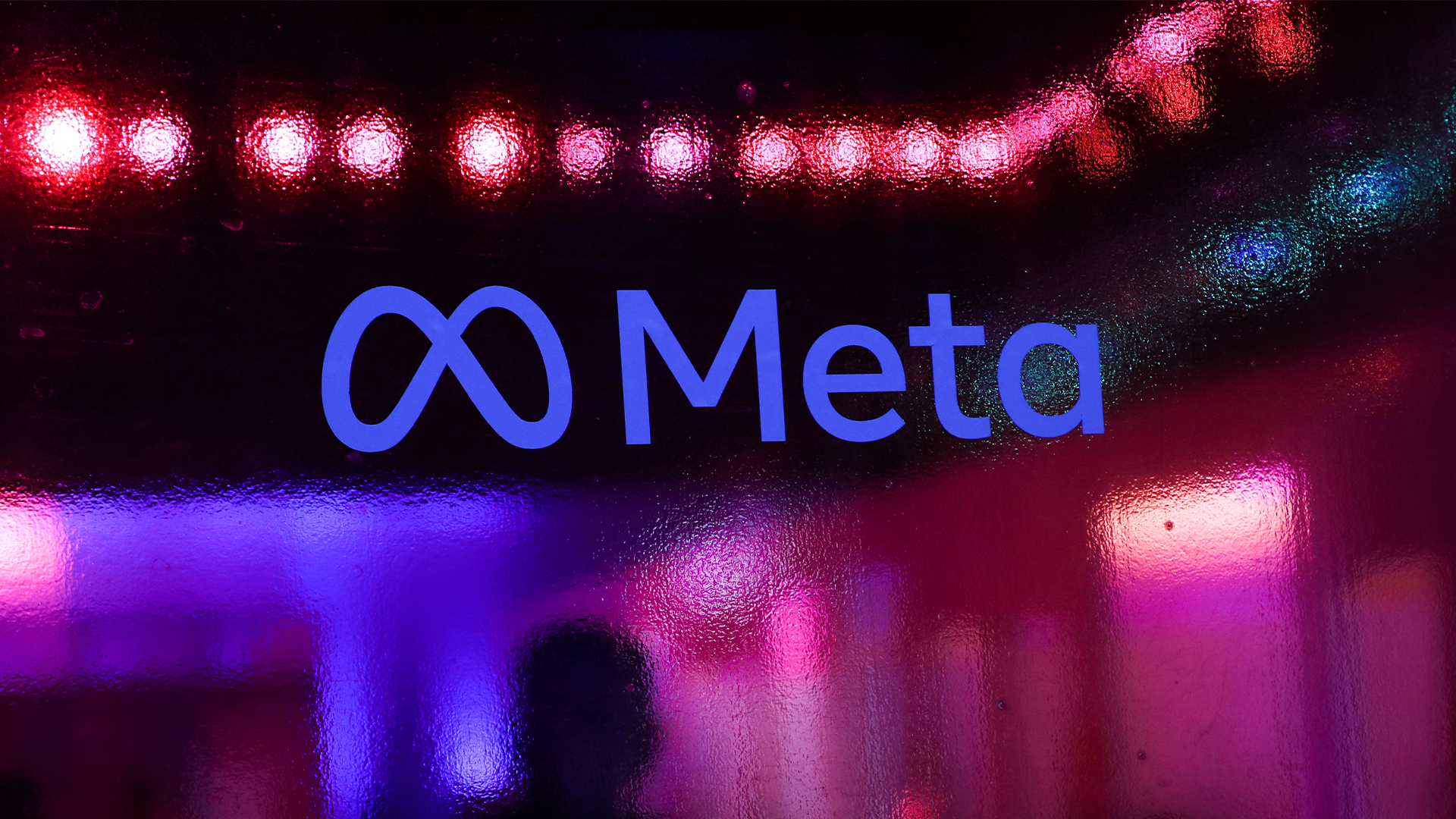 Meta executive denies hyping up Llama 4 benchmark scores – but what can users expect from the new models?
Meta executive denies hyping up Llama 4 benchmark scores – but what can users expect from the new models?News A senior figure at Meta has denied claims that the tech giant boosted performance metrics for its new Llama 4 AI model range following rumors online.
By Nicole Kobie Published
-
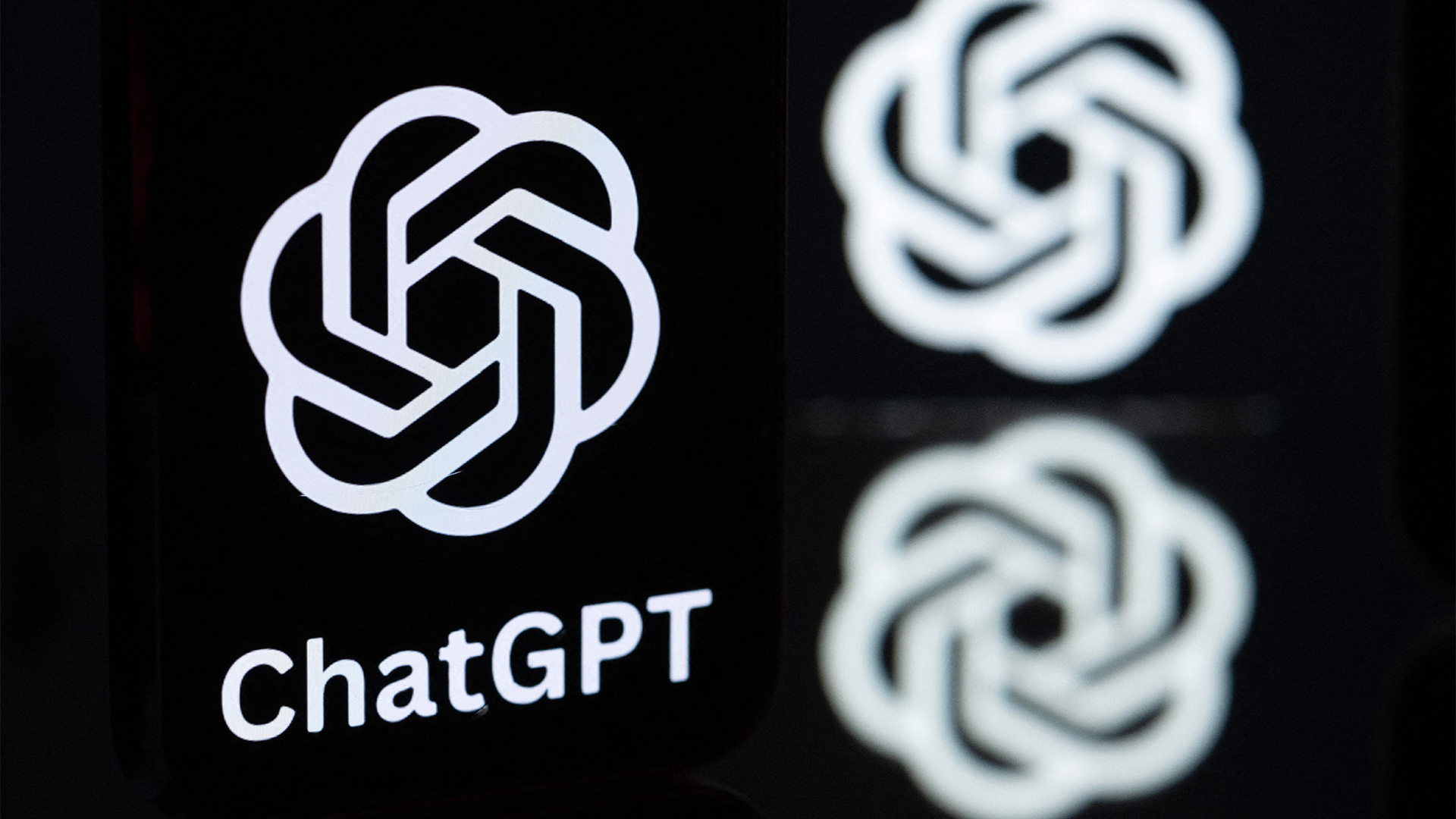 DeepSeek and Anthropic have a long way to go to catch ChatGPT: OpenAI's flagship chatbot is still far and away the most popular AI tool in offices globally
DeepSeek and Anthropic have a long way to go to catch ChatGPT: OpenAI's flagship chatbot is still far and away the most popular AI tool in offices globallyNews ChatGPT remains the most popular AI tool among office workers globally, research shows, despite a rising number of competitor options available to users.
By Ross Kelly Published
-
 Productivity gains, strong financial returns, but no job losses – three things investors want from generative AI
Productivity gains, strong financial returns, but no job losses – three things investors want from generative AINews Investors are making it clear what they want from generative AI: solid financial and productivity returns, but no job cuts.
By Nicole Kobie Published
-
 Legal professionals face huge risks when using AI at work
Legal professionals face huge risks when using AI at workAnalysis Legal professionals at a US law firm have been sanctioned over their use of AI after it was found to have created fake case law.
By Solomon Klappholz Published
-
 Future focus 2025: Technologies, trends, and transformation
Future focus 2025: Technologies, trends, and transformationWhitepaper Actionable insight for IT decision-makers to drive business success today and tomorrow
By ITPro Published
-
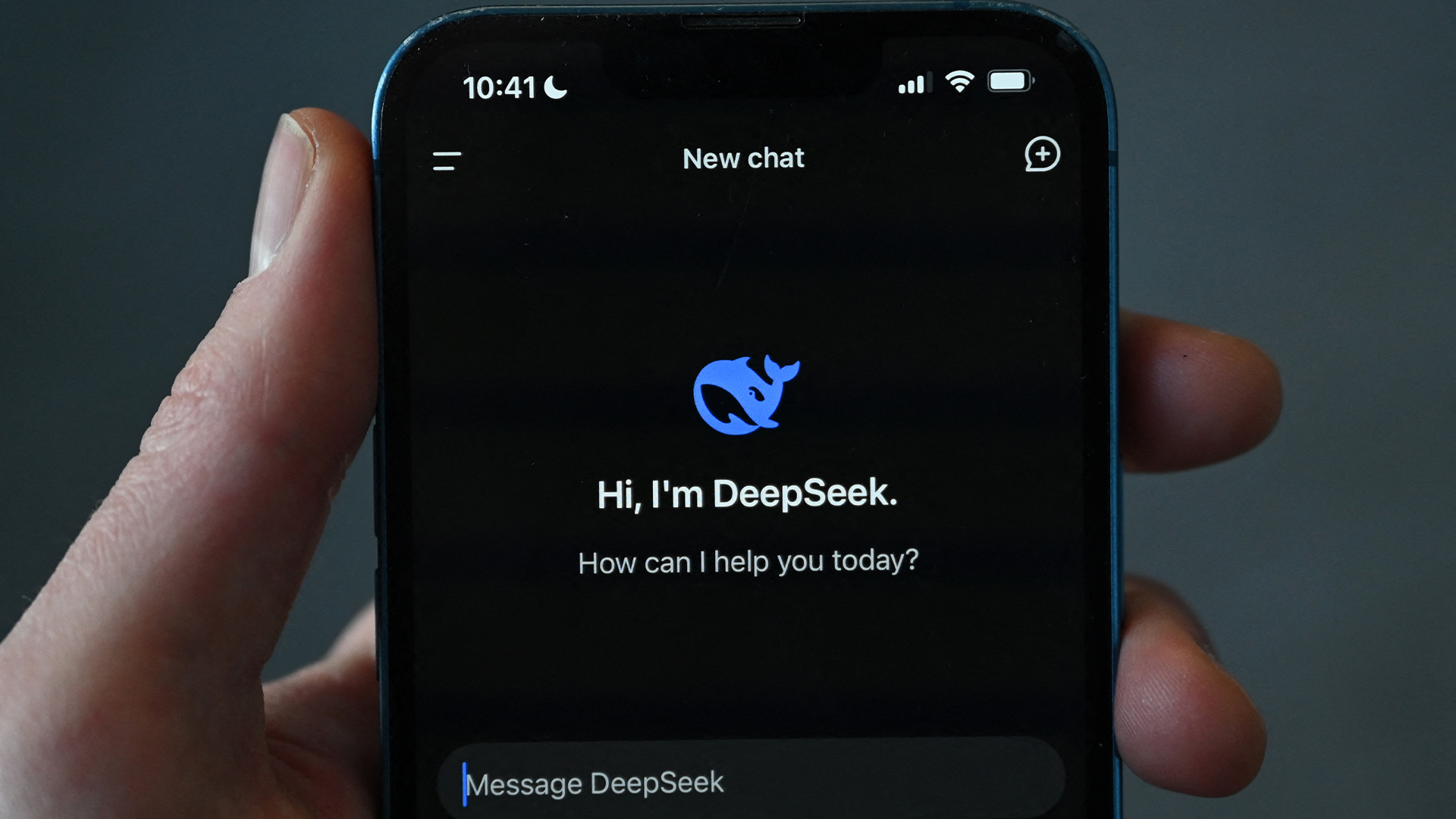 Looking to use DeepSeek R1 in the EU? This new study shows it’s missing key criteria to comply with the EU AI Act
Looking to use DeepSeek R1 in the EU? This new study shows it’s missing key criteria to comply with the EU AI ActNews The DeepSeek R1 AI model might not meet key requirements to comply with aspects of the EU AI Act, according to new research.
By Rory Bathgate Published
-
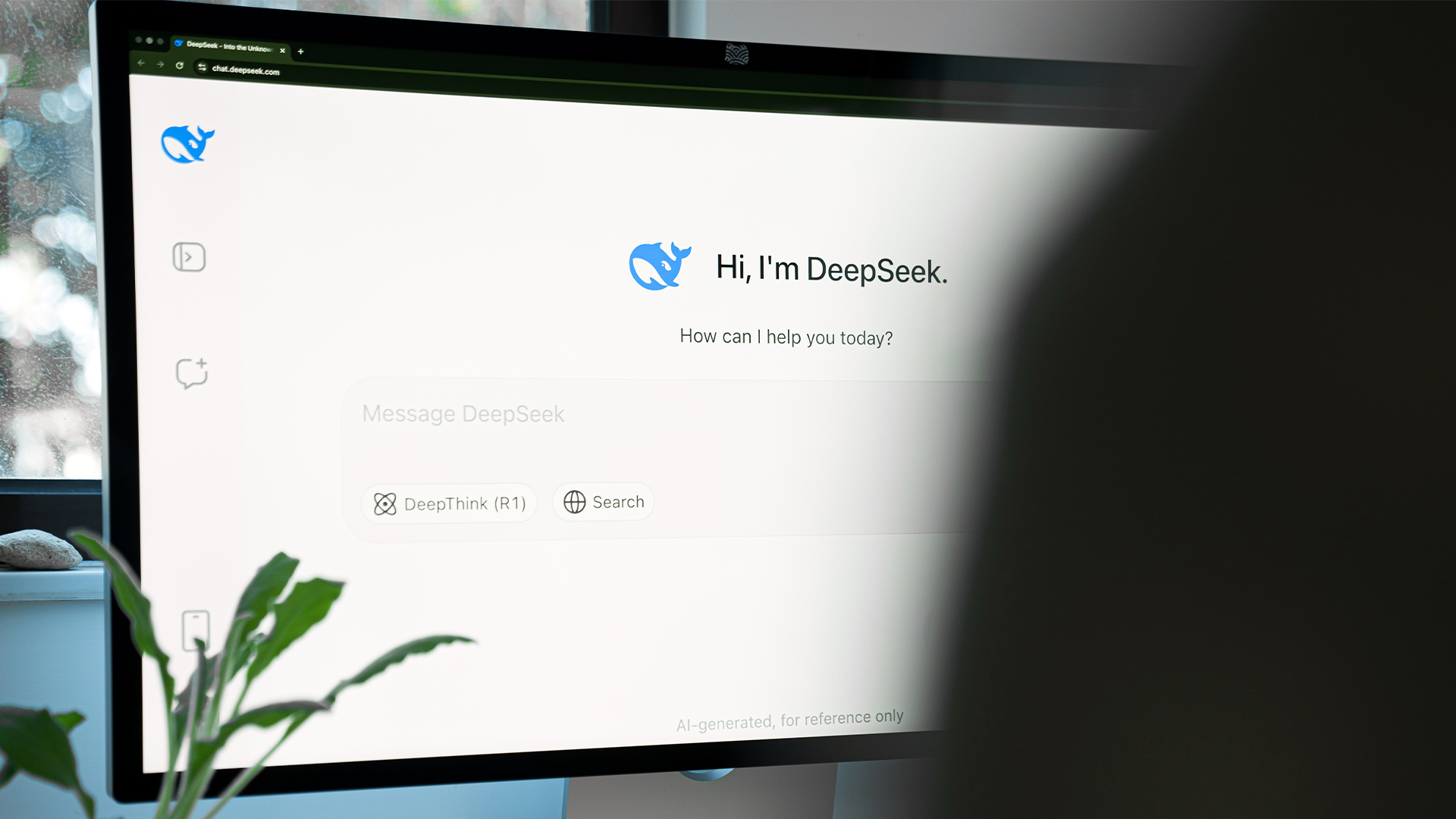 The DeepSeek bombshell has been a wakeup call for US tech giants
The DeepSeek bombshell has been a wakeup call for US tech giantsOpinion Ross Kelly argues that the recent DeepSeek AI model launches will prompt a rethink on AI development among US tech giants.
By Ross Kelly Published
-
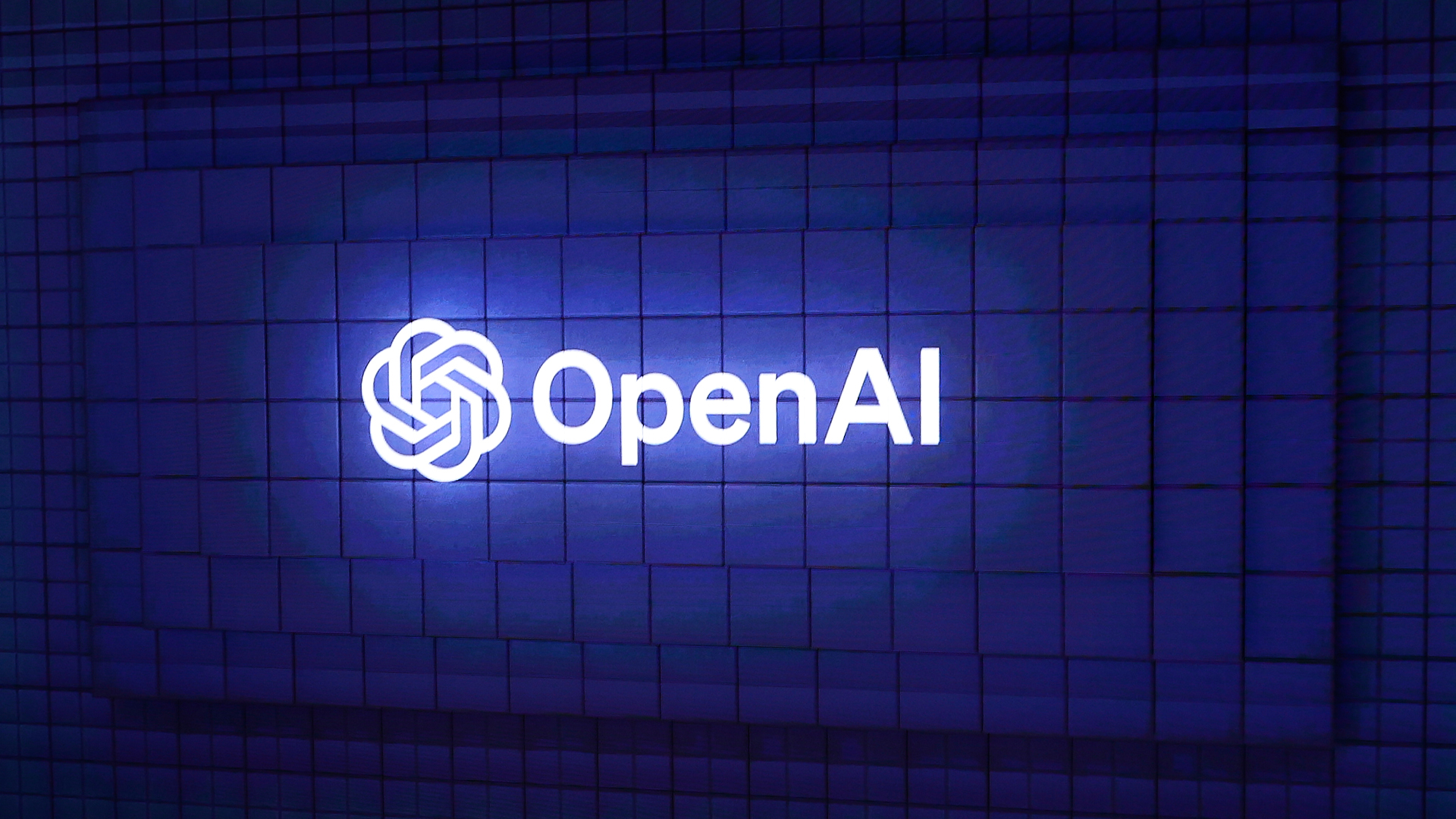 OpenAI unveils its Operator agent to help users automate tasks – here's what you need to know
OpenAI unveils its Operator agent to help users automate tasks – here's what you need to knowNews OpenAI has made its long-awaited foray into the AI agents space
By Nicole Kobie Published